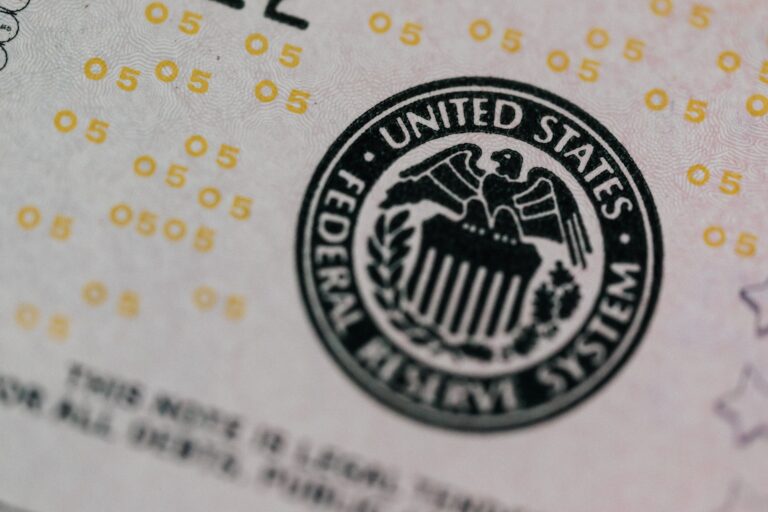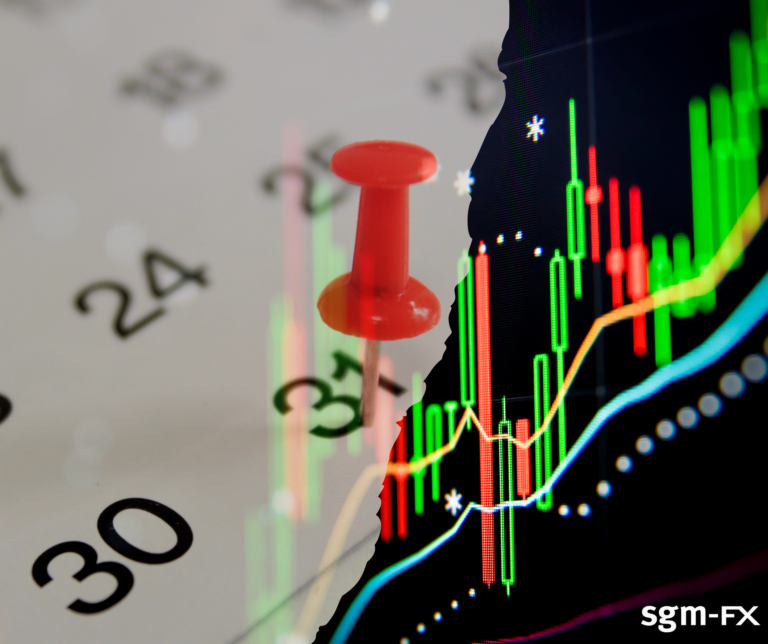
Morning Brief – Recession risk
Recession risk
Right about when the world woke up from the ‘inflation is transitory’ narrative and started adjusting rates, recessions were priced in across the globe. It was assumed that the central bank action to raise interest rates in the face of inflation would ultimately have a costly impact upon growth rates further down the line. However, since then data has consistently shown most developed economies staying above the recessionary 0% growth line. Accompanying that set of data has been a growing set of new forecasts that show most developed economies now avoiding a recession, at least for now.
One of the best predictors of a recession has been the spread between shorted dated, say 2-year, and longer, say 10-year, maturity bonds. This is known as the 2s/10s spread. Where the yield implied by the price of the shorter dated bond is higher than that of a longer dated bond, you can reasonably infer that the market is pricing in a recessionary period ahead. Due to the rapid tightening cycle that most central banks have embarked upon and are now reaching the pinnacle of, the yield curve underlying most economies globally is inverted. So, does that mean we are due a recession? Well, not necessarily, and at least predicting when is a very grey area from the perspective of this particular indicator.
Taking a look at the equity market shows that as of yesterday, thanks to a 20% rally in just over 6 months, the S&P 500 has been brought back to a bull market. This equity rally has added evidence to those claiming the market downturn has peaked and is now behind us. The Fed, expected to pause its hiking cycle at its latest meeting concluding tomorrow, has also been supporting this view implicitly through its rate setting and narrative choices. Volatility indicators and equity prices are certainly not pricing in a recession, however, there are still elements of the bond market showing signs of stress.
Discussion and Analysis by Charles Porter

Related Insights

Daily Brief – Waiting for the Fed
Waiting for the Fed Mixed messages have been emerging ahead of tomorrow’s monetary policy decision from the Federal Reserve. Here’s a reminder of the rollercoaster that left the Fed’s September decision as one of its move important post-Covid meetings. In the face of cooling inflation, the Fed begins a relatively aggressive interest rate cutting cycle, […]

Daily Brief – 48 Hours
48 Hours There has been a noticeable shift in geopolitical risk this week. So how, baring a mild slip lower in EURCHF, have FX markets remained quite so flat? Sure, there have been some contained intraday spikes in some commodity prices but ultimately those legs higher have been thwarted, often in the very same trading […]

Daily Brief – Mixed signals
Mixed signals It was not long ago that many investment banks were warning clients of the risk of a slowdown in US equities. Having performed exceptionally well in the aftermath of the pause to Trump’s liberation day tariffs, many market participants warned of the inability of equity values to continue to enable price gains. Volatility […]


